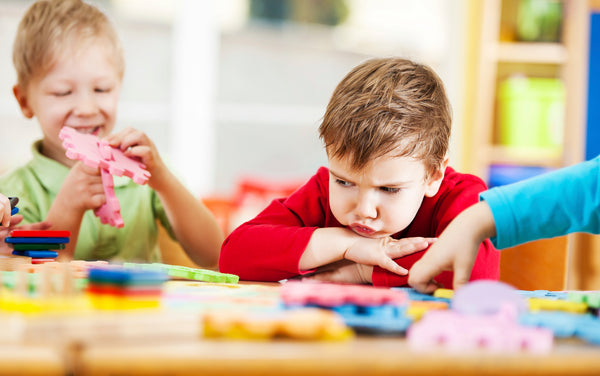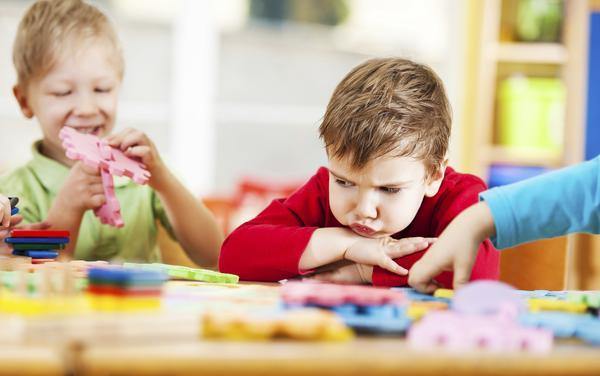
Children learn best through play. Parents, educators, and other caretakers can help students stay calm and learn both academic and social skills with these fun yet useful occupational therapy equipment for children.
Chewable Necklaces: Pediatric occupational therapy clients often retain their deep need to chew on something. Adults can satisfy a child's sensory need to chew by providing a soft chewable therapy necklace.
These necklaces are made from soft, non-toxic material that is safe to chew on for hours at a time. They also come with breakaway cords for safety and feature fun designs that appeal to children. They are easy to clean and can be used for children ages three and up.
Stretchy Bracelets: Some children in occupational therapy also like the sensation that comes with pulling and stretching objects. Stretching rubber objects like bracelets can be a great way for children build strength in their fingers, hands, and wrists.
Parents, teachers, and other adults can encourage this strengthening and satisfy kids' need to stretch something by making available stretchy bracelets. These bracelets are made from durable, non-toxic rubber that is easy to clean and safe for children ages three and older. They also are available in fun, bright colors and provide a discreet way for children to satisfy their urge to chew on something as well.
Weighted Vests: Children who are prone to tantrums or become frightened or anxious easily can often be calmed by wearing a weighted vest. The weighted vests available today are made from soft materials like flannel and denim.
They also come with fasteners that keep the vest securely in place as well as low necklines that help kids avoid the sensation of being held down or choked.
Decibel Earmuffs: Children who have sensory challenges may be unable to tolerate loud noises. Fire alarms, bells, and other loud sounds may frighten them or cause them to suffer a panic attack.
Rather than keep them indoors and sheltered from the world, adults can help keep kids calm and engaged with society with low-decibel earmuffs. These earmuffs mute the noises of the outside world. They can also adjust the volume of the sounds to a level that children can tolerate. They are made out of soft, pliable materials that kids can tolerate wearing throughout the day.
Flash Cards: Some children in occupational therapy need to learn social cues or skills that will allow them to interact with society. They may not, for example, know how to read people's emotions or facial expressions. They can learn these skills with occupational therapy flash cards.
The cards explain how people may look when they are angry, surprised, sad, or expressing other emotions. They also may provide tips for how kids can keep a conversation going or how to respond when people ask them a question.
Left-Handed Aids: Children who are left-handed may find it difficult to learn how to write, hold a fork, or use their left hands for other common tasks. Left-handed devices like pencils, eating utensils, and writing tablets allow children to learn how to perform these tasks without having to switch to their right hands.
Occupational therapy equipment helps children learn important academic and social skills. Parents and other adults can bolster kids' confidence and keep them engaged with these popular options.

